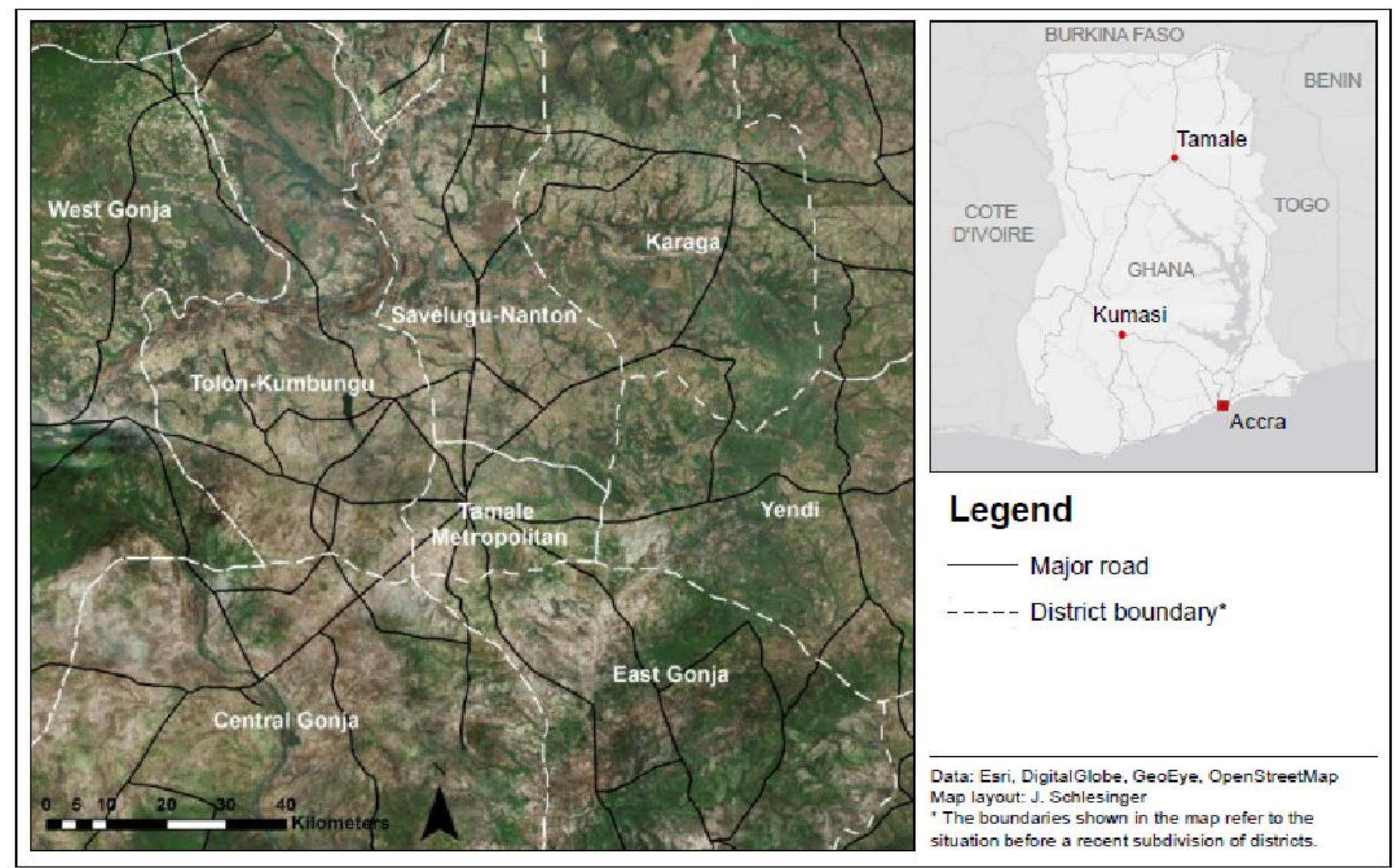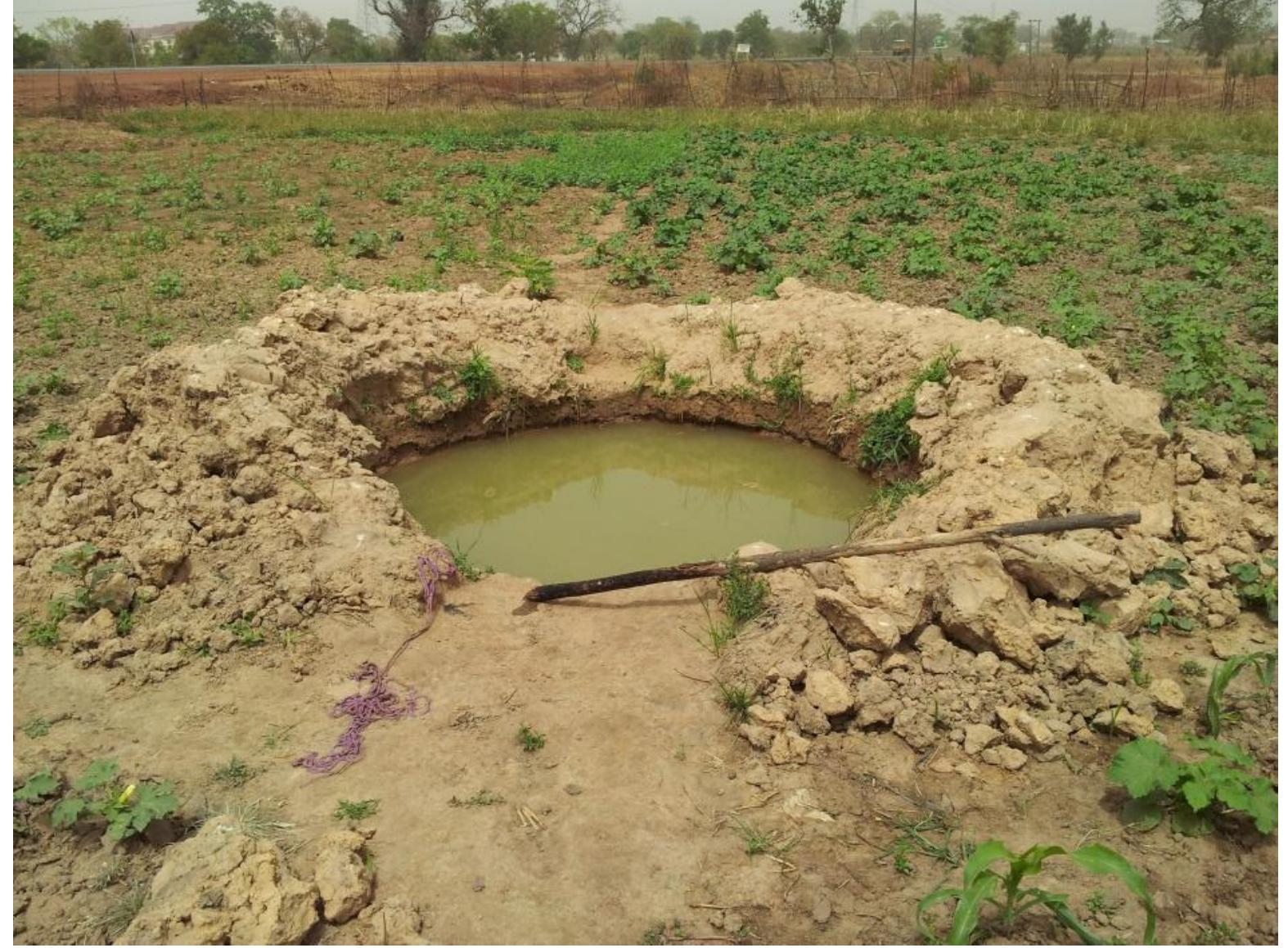All rights reserved, no part of this publication may be reproduced, stored in a retrieval system or transmitted in any form or by any means, electronic, mechanical, photocopying, recording or otherwise without the prior written permission...
moreAll rights reserved, no part of this publication may be reproduced, stored in a retrieval system or transmitted in any form or by any means, electronic, mechanical, photocopying, recording or otherwise without the prior written permission of the publisher or the copyright holder. This book contains information obtained from authentic and highly regarded sources. Reasonable efforts have been made to publish reliable data and information, but the authors, editors and publisher cannot assume responsibility for the validity of all materials or the consequences of their use. The authors, editors and publisher have attempted to trace and acknowledge the copyright holders of all material reproducing this publication and apologize to copyright holders if permission and acknowledgements to publish in this form have not been taken. If any copyright material hay not been acknowledged please write and let us know so we may rectify it, in subsequent reprints Designed and Printed in India v Dedicated To My Father Late Lalit Kumar Jha vi vii viii As we embark on this journey of exploration, we are reminded that the future of agriculture depends on our ability to harness the power of nature's most resilient crops. Faba bean, with its remarkable characteristics, stands as a beacon of hope for a sustainable and climate-resilient agricultural future. I hope this book inspires researchers, policymakers, farmers, and practitioners to consider the important role that faba bean can play in building a more resilient food system. Cooch Behar, 2024 Anjali Kumari Jha 8 3. History and origin 4. Distribution 5. Area and production 6. Botany 7. Nutritional benefits 8. Ethnic, traditional and medicinal uses 9. Uses 10. Soil and climate 11. Land preparation 12. Time of sowing 13. Seed rate and spacing 14. Nutritional requirements and their management 15. Water management 16. Intercultural operations 17. Varieties and hybrids 18. Harvesting and yield 19. Post-harvest handling 20. Diseases 21. Insects and pests 22. Seed production 23. Processing 24. Crop improvement i. Hybrid breeding ii. Line breeding iii. Synthetic breeding iv. Hybrid vigor and inbreeding depression v. Speed breeding vi. Tissue culture vii. In-vitro propagation viii. In-vitro regeneration ix. Somatic embryogenesis 100 x x. Anther and microspore culture xi. Protoplast culture xii. Genetic transformation xiii. Mutation breeding Molecular breeding i. Genetic linkage and QTL mapping ii. Breeding for resistance to biotic stresses iii. Breeding for resistance to abiotic stresses iv. Breeding for nitrogen fixation v. Molecular markers vi. MAS and DNA marker availability vii. Analysis of genetic diversity viii. Construction of genetic linkage map ix. Molecular markers linked to biotic resistance x. Genomic selection xi. Phenotypic recurrent selection of populations 25. The future of faba bean in sustainable agriculture i. Faba bean in cropping systems ii. Faba bean as a medicinal plant iii. Ecological services of faba bean iv. Biological nitrogen fixation (BNF) v. BNF and nitrogen balances vi. Fossil energy saving vii. Diversification of ecosystems viii. Nitrogen contributions ix. Nitrate Leaching-Nitrogen retention x. Other nutrients xi. Mycorrhiza xii. Soil microbes xiii. Water use xiv. Sanitary effects and plant health xv. Soil structurization xvi. Diversification in space xvii. Other effects xviii. Associated biodiversity xix. Assessing the environmental benefits and xi impacts of faba bean production and use xx. Environmental benefits and impacts on crop level xxi. Environmental benefits and impacts at the crop rotation level xxii. Environmental benefits and impacts in animal feed xxiii. Environmental benefits and impacts on human nutrition Faba bean minimal descriptors Multiple choice questions Bibliography xii xiii Under optimal growing conditions, faba bean seeds germinate in 10 to 14 days (Etemadi et al., 2015), though germination can take longer in dry or cold soil conditions. The faba bean plant generally grows one node per week, and its upright stems can reach heights of 90 to 130 cm, depending on the genotype. Around the 8-10 node growth stage, when the plant is about 30 cm tall, it produces its first flowers, which typically bloom in June in northeastern USA. These flowers and pods form approximately 20 cm above the ground. Roughly 25% of the flowers yield pods, each containing three to six seeds (Etemadi et Faba beans are renowned for their nitrogen (N) fixation capabilities, which are among the highest of cool-season legumes (Mekkei, 2014). Depending on cultivation methods and environmental conditions, faba beans can fix between 50 and 330 kg/ha N (Galloway et al., 2004; Etemadi et al., 2018d). It fixes nitrogen in symbiosis with Rhizobium legumonisarum bv. viciae. Legumes, including faba beans, contribute to soil fertility not only through biological nitrogen fixation but also by solubilizing Given its potential, the Indian Council of Agricultural Research (ICAR) has recognized faba bean as a valuable grain legume and included it in the All India Coordinated Research Project (AICRP). Globally, the Consultative Group on International Agricultural Research (CGIAR) ranks faba bean as the 8th major grain legume in terms of priority, further underscoring its agricultural and environmental importance. Distribution 15 Chapter 4 DISTRIBUTION Faba bean has been widely cultivated since prehistoric times, with evidence found in the remains of lake-dwellings in England and Switzerland. Faba bean was grown by ancient civilizations including the Egyptians, Hebrews, Greeks, and Romans. It was introduced to western Asia early on and reached China in ancient times (Thompson and Kelly, 1983). Before the Columbian era, faba bean was the only edible bean known in Europe and was introduced to the New World after 1492 (Purseglove, 1965). The major countries where faba bean is widely cultivated include China, Ethiopia, Latin America, Egypt, Mexico, and Brazil. In India, faba bean (Vicia faba L.) is an important rabi season pod vegetable in the northern plains (Baboo and Kumar, 1996). Faba bean cultivation is now































































































